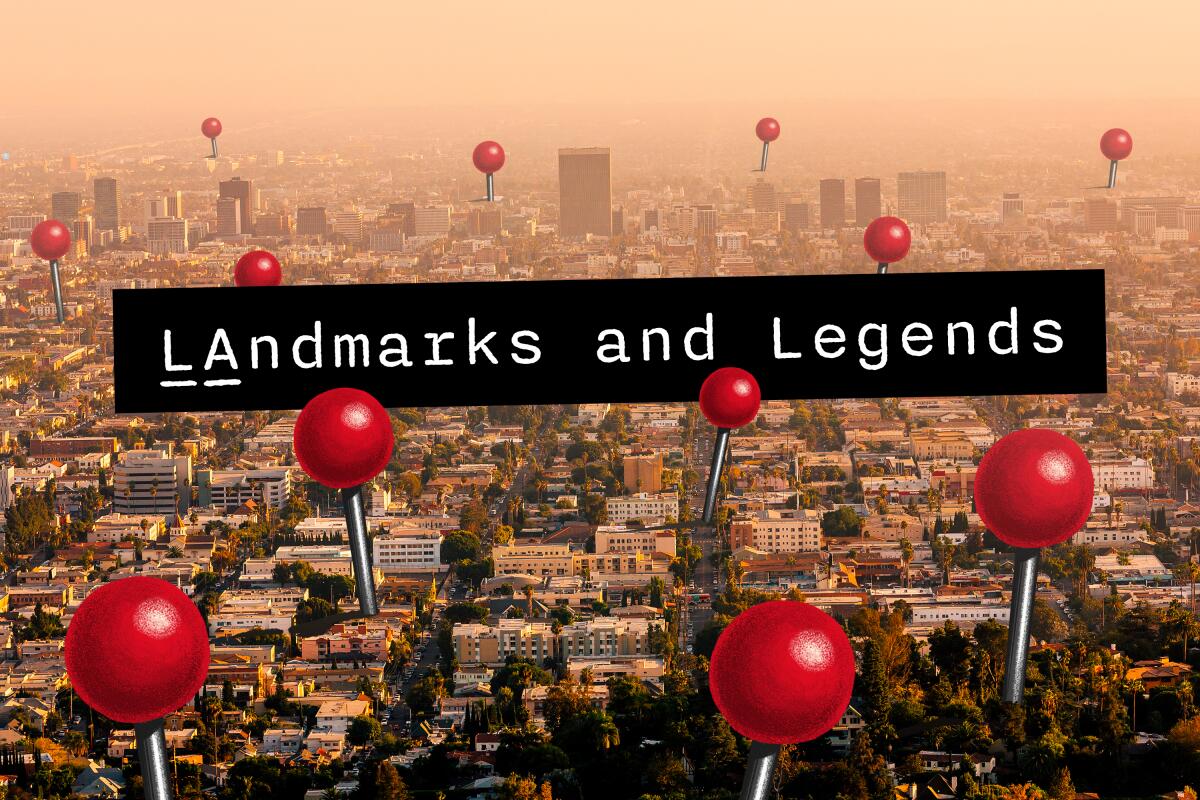
The surprising stories behind some of L.A.’s most famous landmark names
- Share via
Surely you’ve seen some name or another blazoned on a local landmark and wondered to yourself, who are those guys? (In many cases, they are guys, yes. But not all!) There’s Griffith Park, named for the fascinating and dastardly Griffith J. Griffith; or Dockweiler Beach, named for the lawyer and politician Isidore Bernard Dockweiler; or the Bradbury Building downtown, named not for science fiction luminary Ray Bradbury but for real estate tycoon Lewis L. Bradbury. And the list goes on (see below).
So here are origin stories of some (but by no means all) of L.A.’s landmarks and legends — the rich, famous, unknown and sometimes infamous names behind L.A.’s most interesting parks, beaches, buildings, mountain peaks and Valley streets.
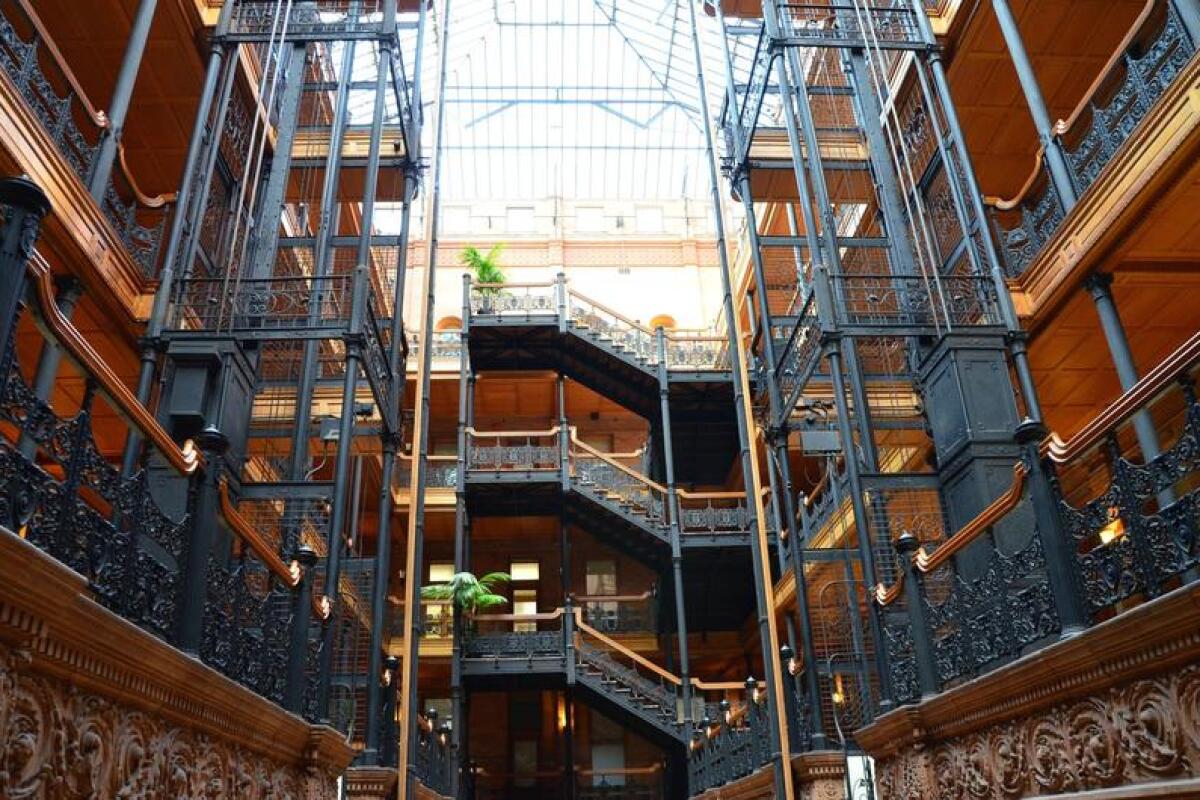
Bradbury Building
Read more >>
Oviatt Building
Read more >>
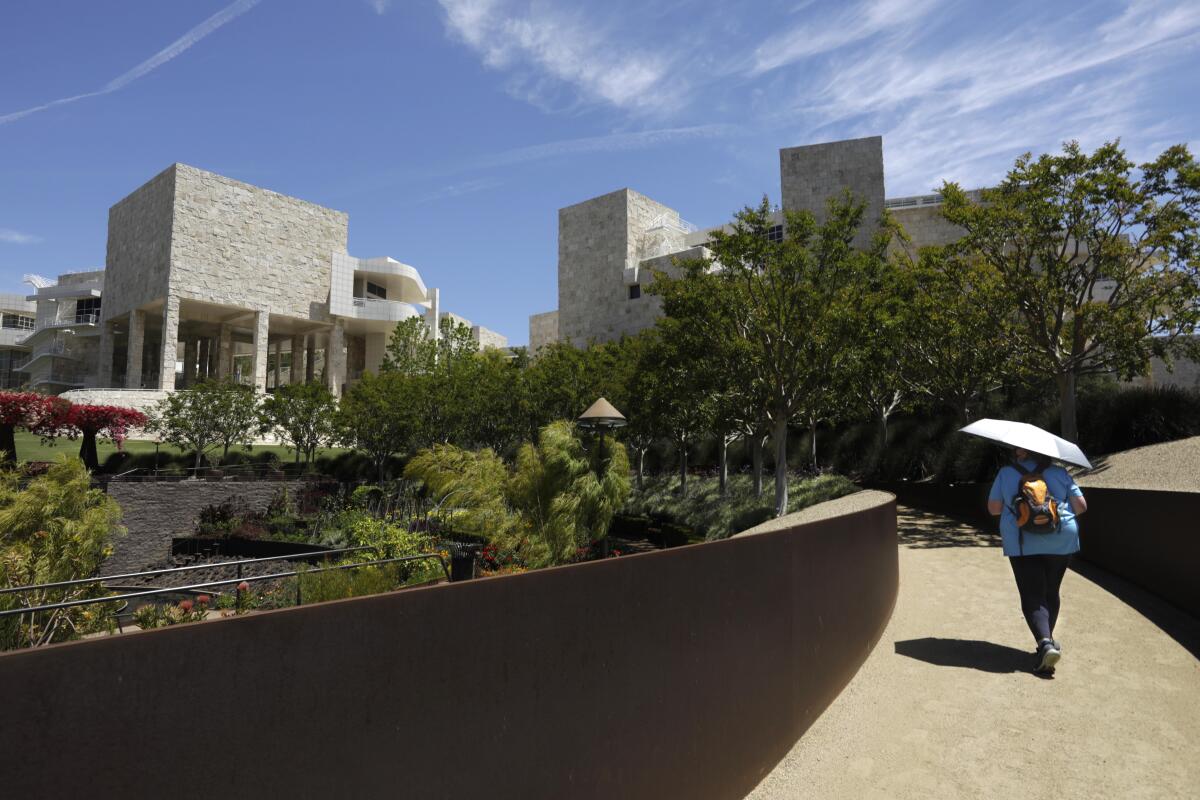
Getty Center
Read more >>
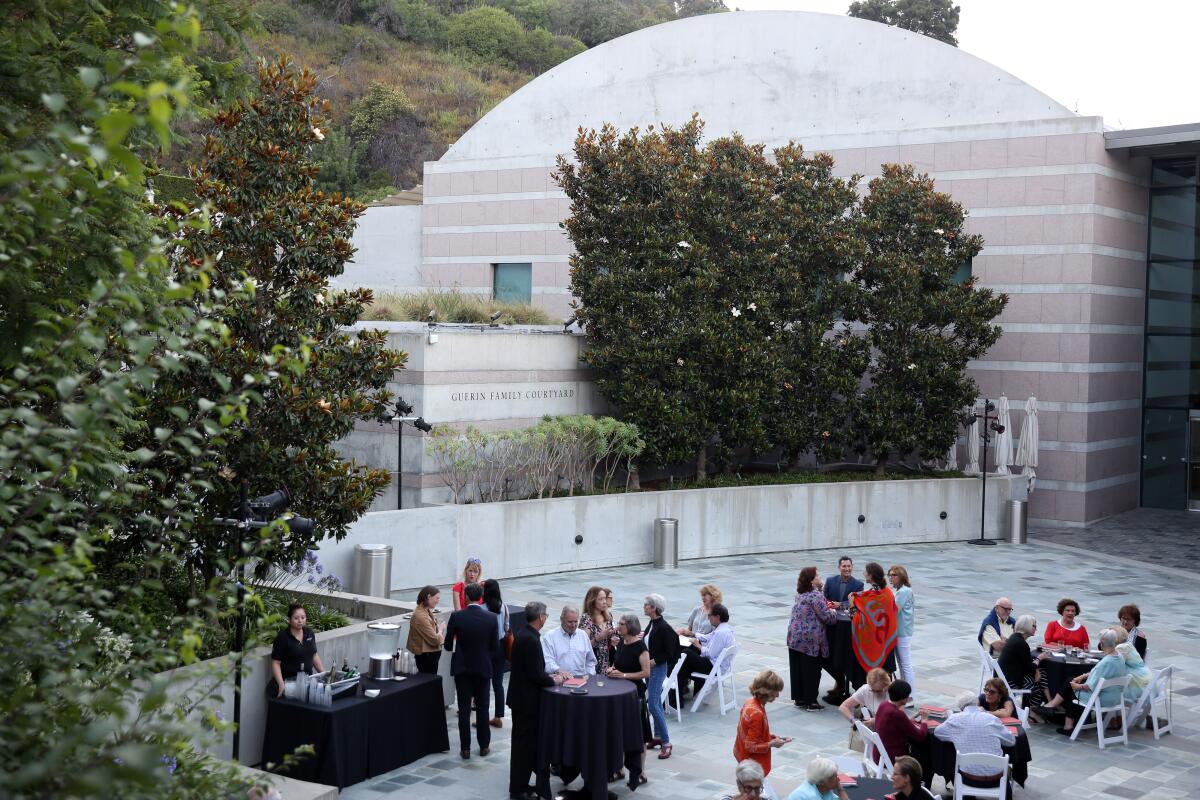
Skirball Cultural Center
Read more >>
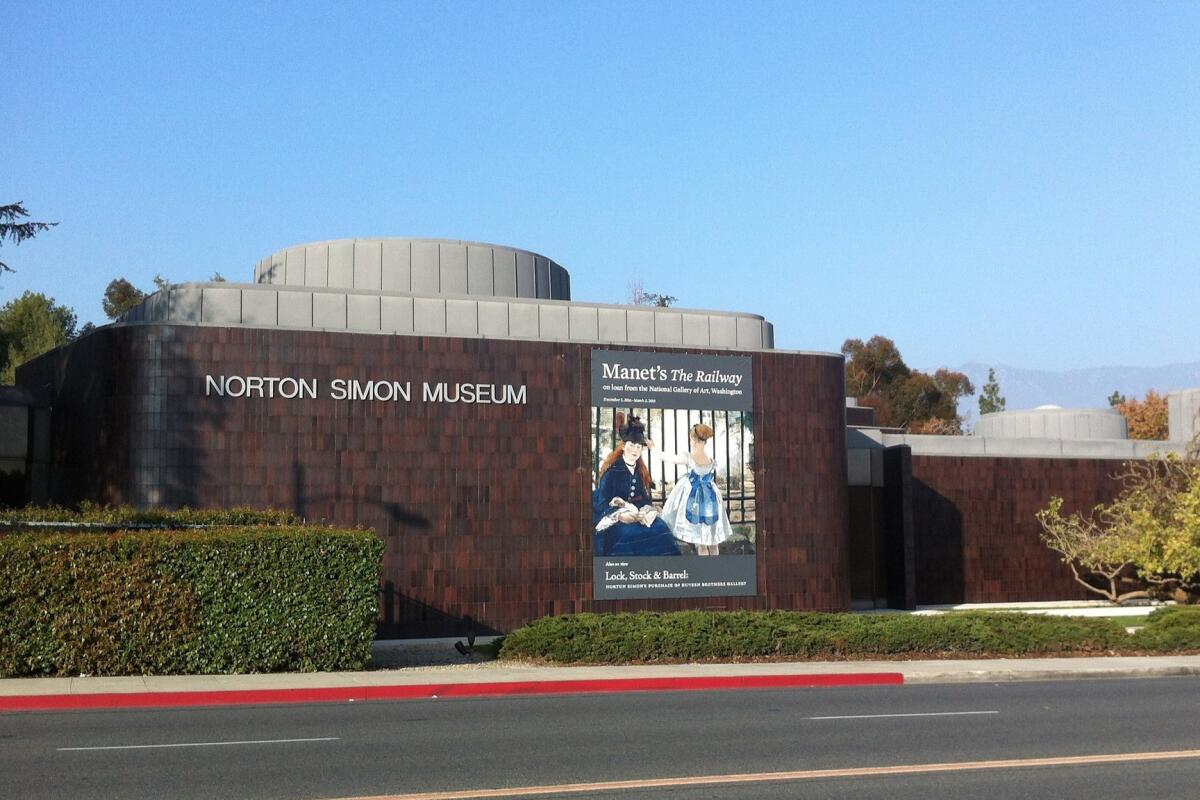
Norton Simon Museum
Read more >>
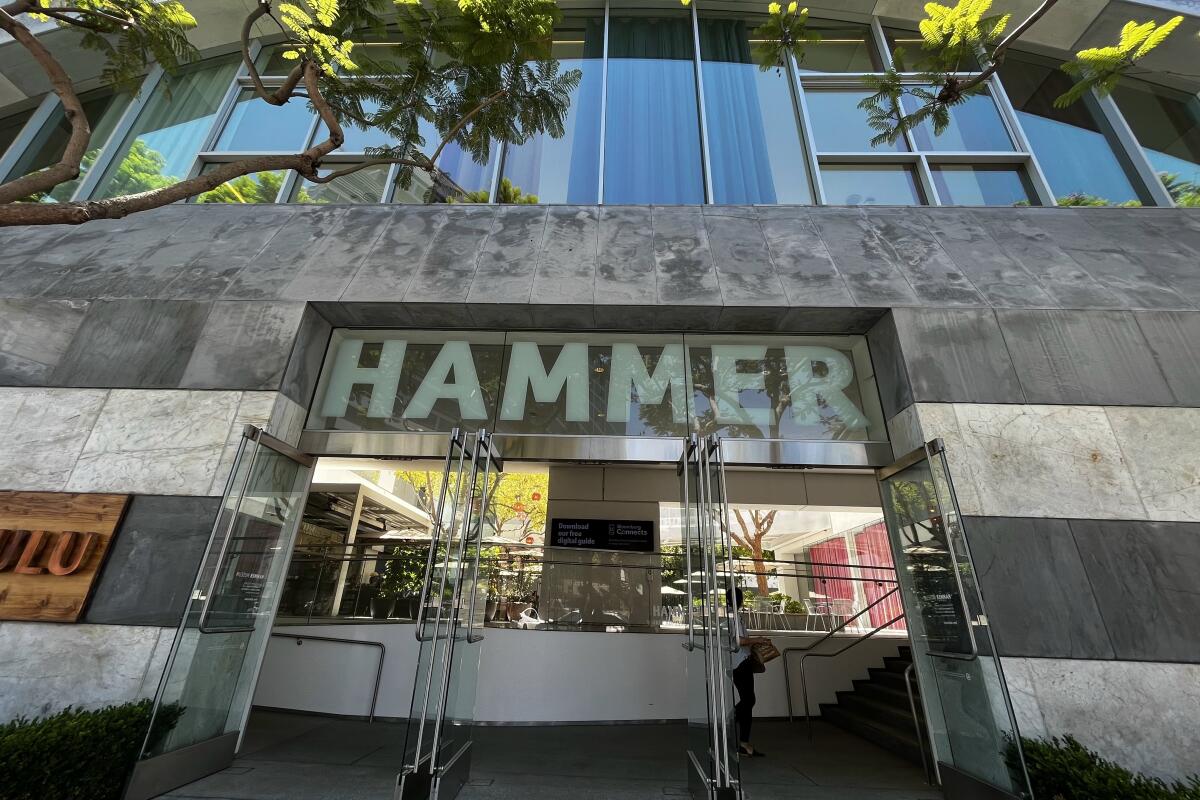
Get cultured at Hammer Museum
All walkways in the museum are outdoors, making it almost feel as if each gallery is its own store in a beautiful outdoor mall. Once you finish exploring one collection of art, you can cleanse your palette outside before entering the next space.
After you’re done looking at the art, which shouldn’t take more than an hour, you can relax on some funky furniture on the patio or play a game of ping pong with your friends on colorful tables. There’s also an outdoor cafe on the main floor where you can order a gourmet snack or sandwich.
Entry to the museum is free with valet parking for $10 and limited nearby street parking. Stopping by the gift shop on your way out is a must. It’s not cheap, but even if you don’t buy anything, you can still smell the candles, flip through the books and play with the gadgets.


The Huntington Library, Art Museum and Botanical Gardens
Read more >>
Chateau Marmont
Read more >>
Margaret Herrick Library
Read more >>
Simon Wiesenthal Center
Read more >>
A.C. Bilbrew Library
Read more >>
Alma Reaves Woods-Watts Branch Library
Read more >>
Masao W. Satow Library
Read more >>
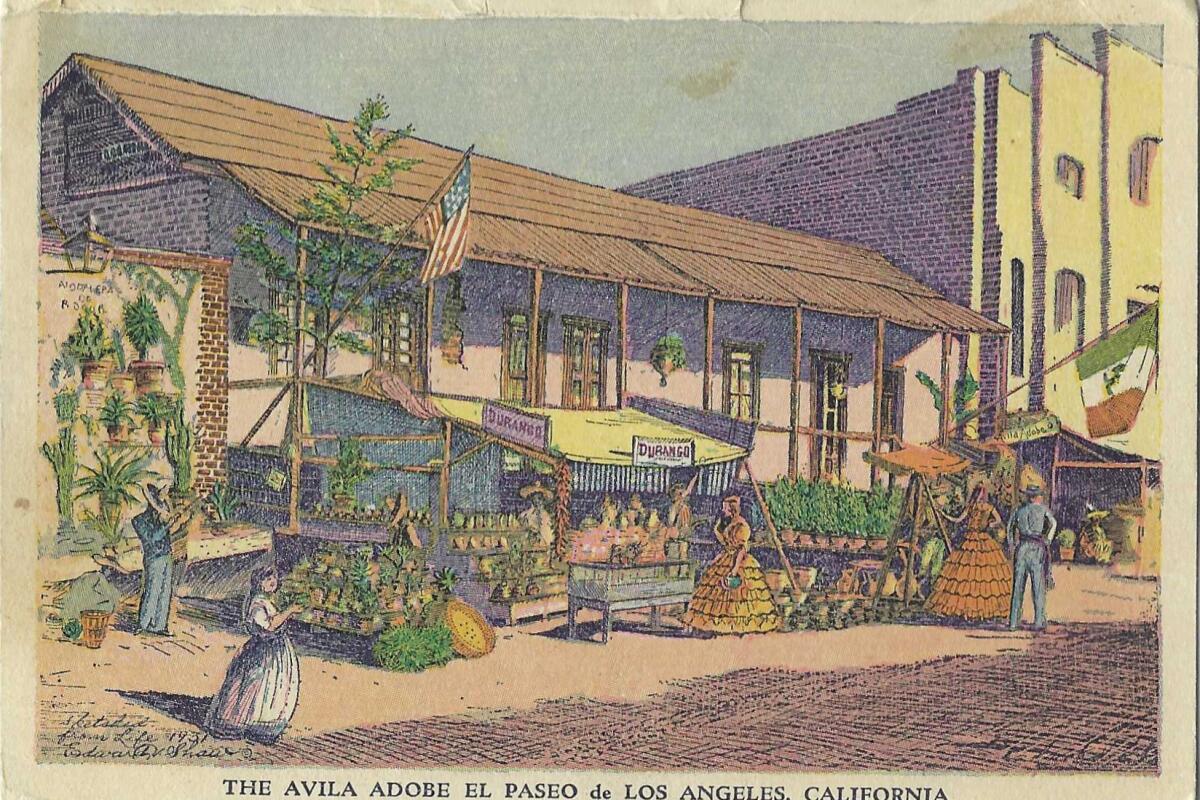
Ávila Adobe
It isn’t L.A. County’s oldest residence, though. The Gage Mansion, built in 1795 by the Lugo family and named for a California governor who later lived there, is now owned and encircled by a mobile home park in Bell Gardens.
Open for tours 9 a.m. to 4 p.m. daily.
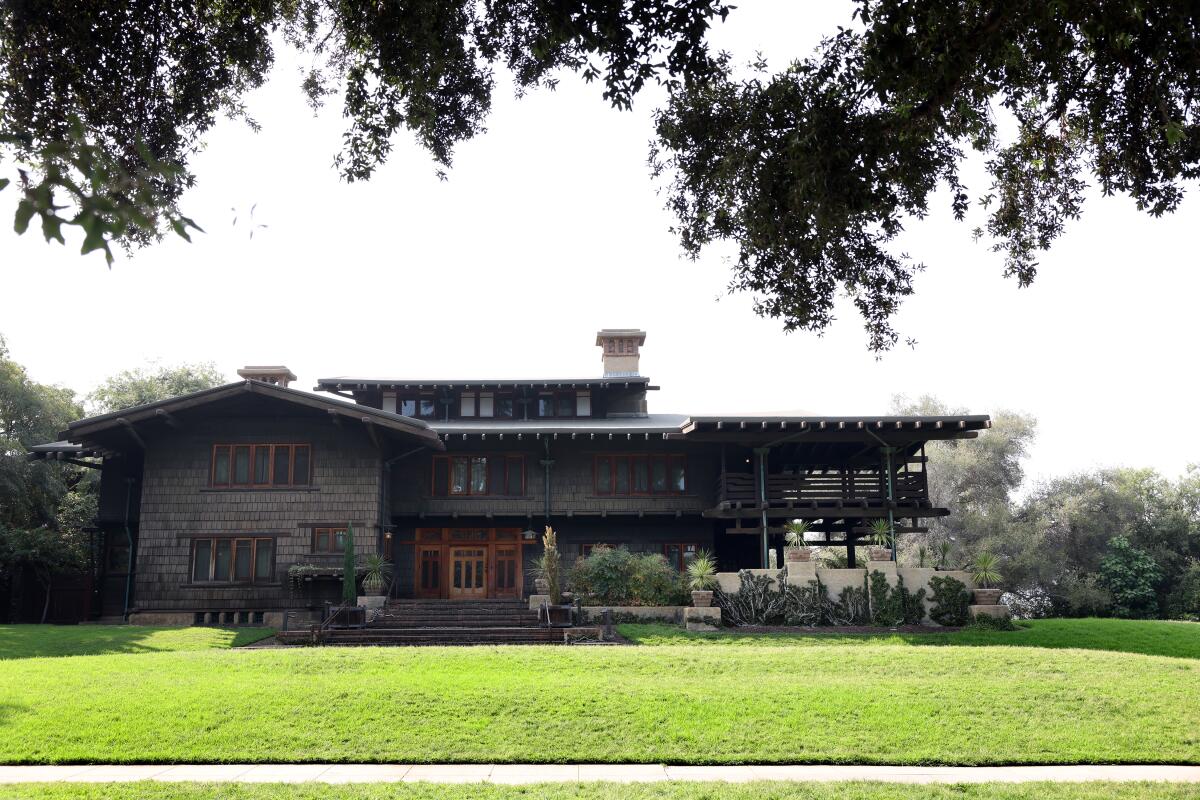
Gamble House
Read more >>
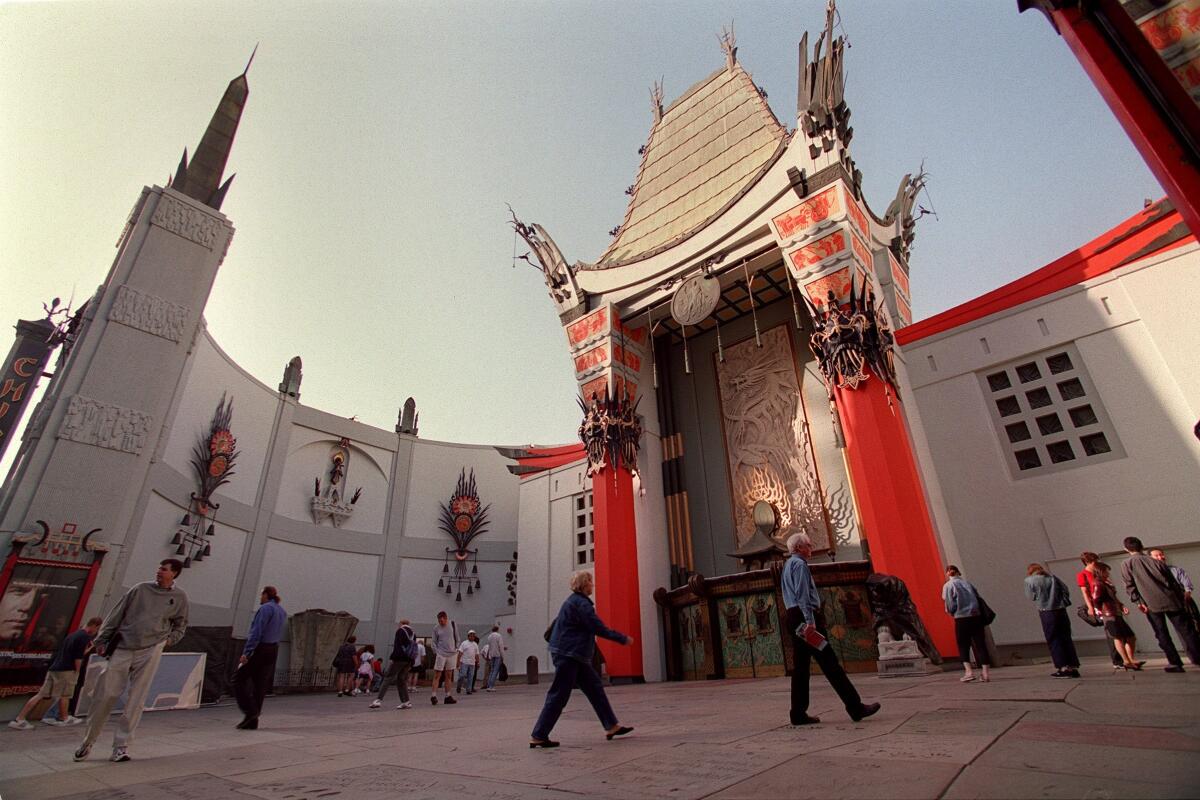
Grauman’s Chinese Theatre
Read more >>
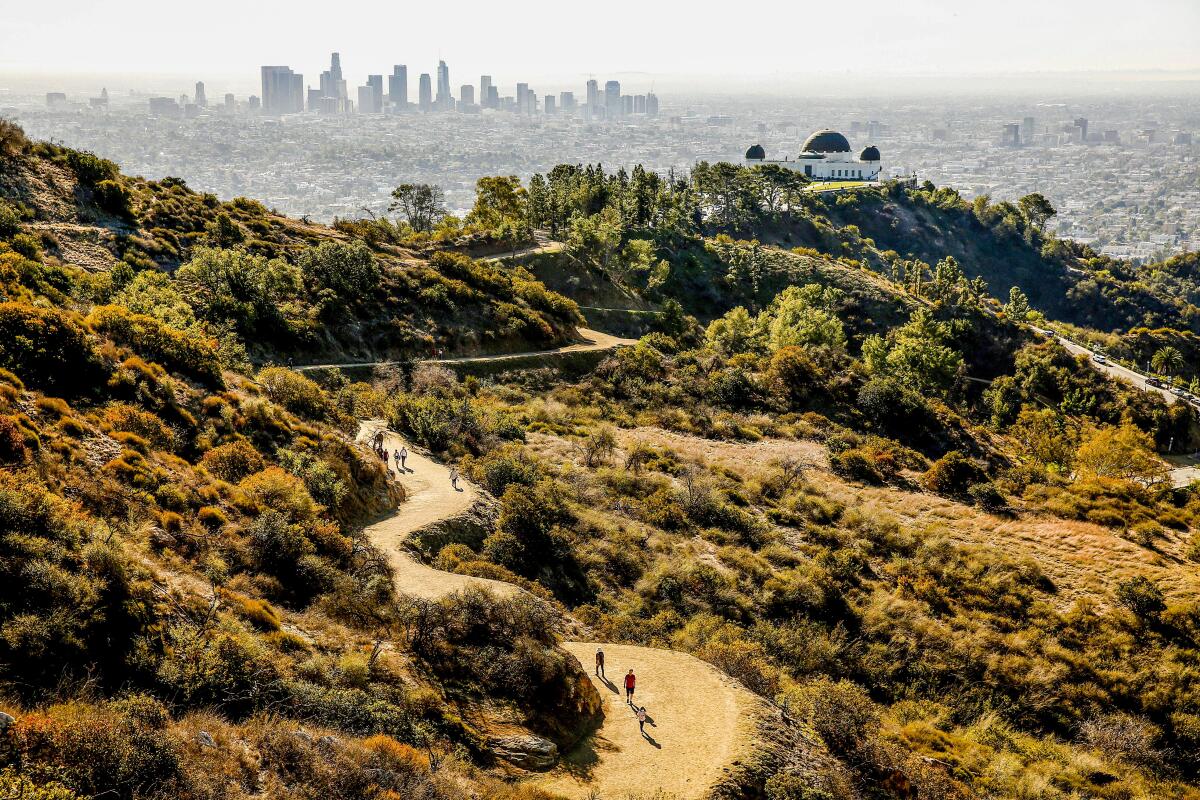
Griffith Park
Once he was out of prison, Griffith sought to buy his way back into civic favor with the gift of money to build a planetarium and theater. The city balked. Not until Griffith’s will made the gift posthumously was it accepted.
More about Griffith Park >>
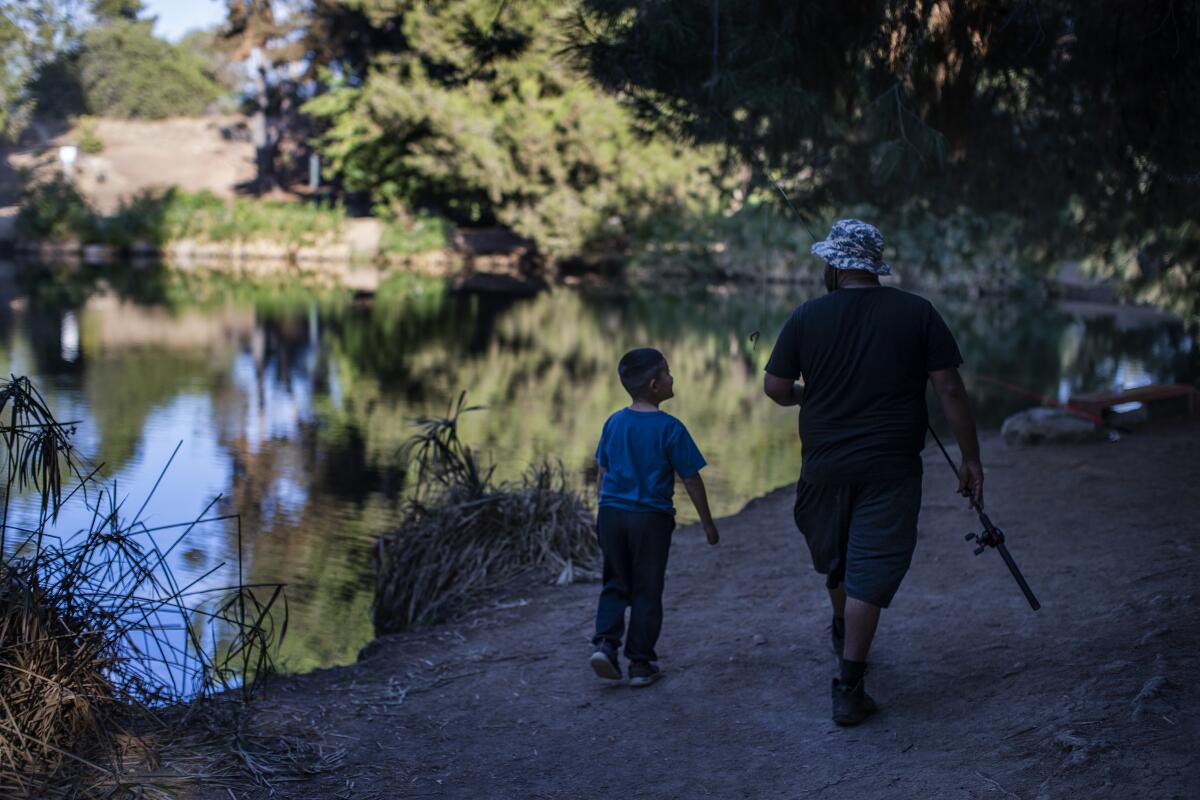
Ernest E. Debs Regional Park
More about Debs Park >>
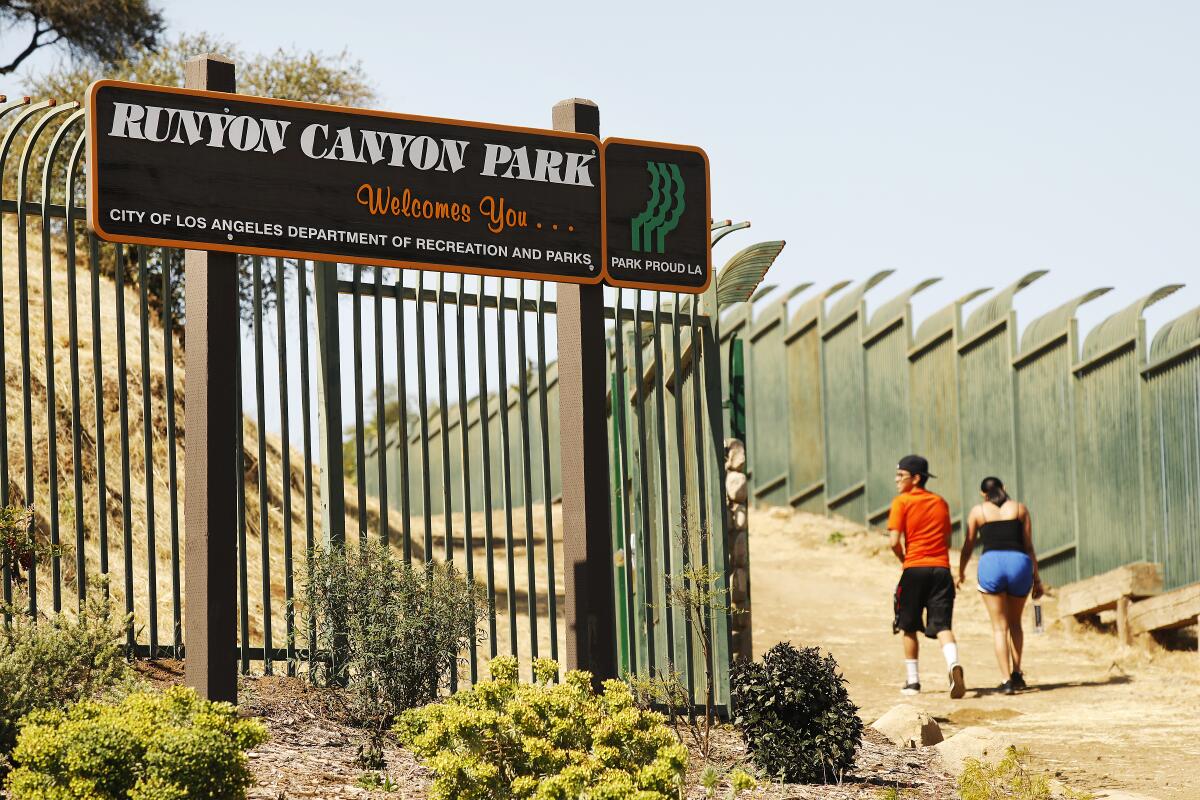
Runyon Canyon Park
In the 1960s, Hartford offered the land as a flat-out gift to the city, but for some reason, Mayor Sam Yorty turned him down. In 1984, the city was finally able to buy the land. Somehow, of all of the landowners, it was the name “Runyon” that stuck.
More about Runyon Canyon >>
Jack Dunster Marine Biological Reserve
Jaime Beth Slavin Park
Seily Rodriguez Park
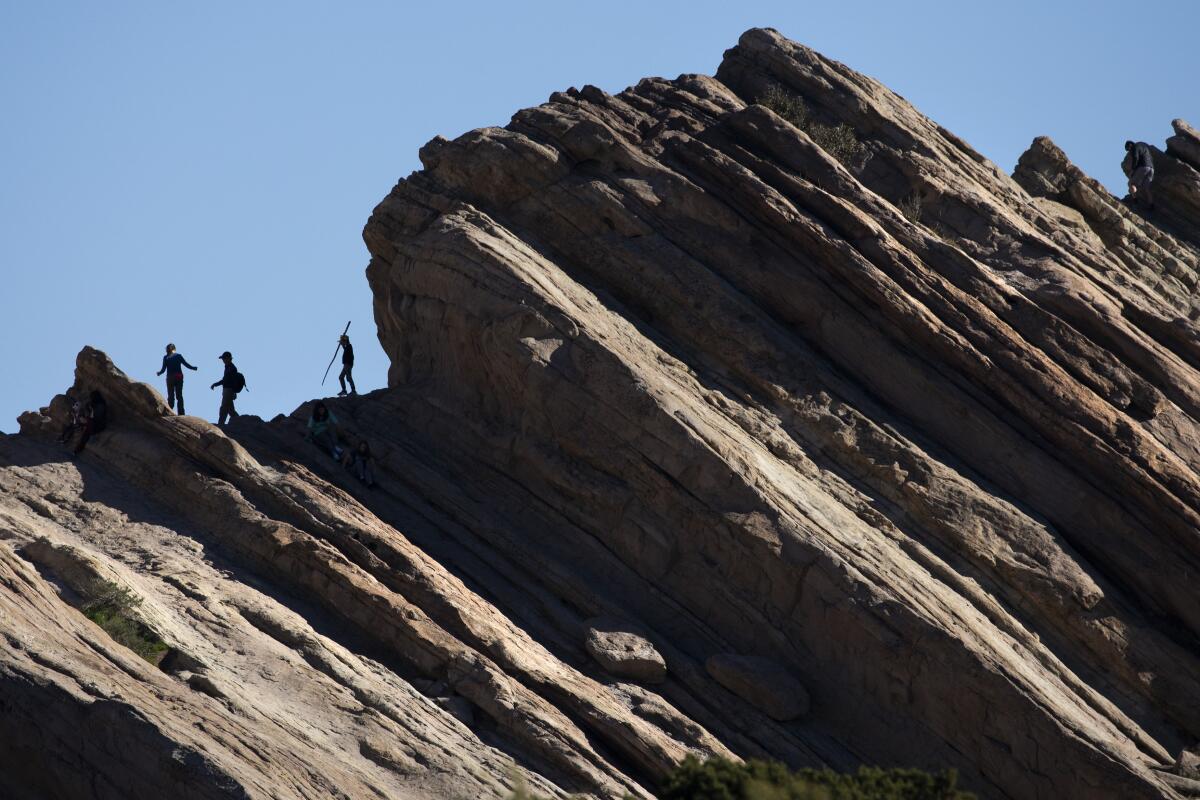
Vasquez Rocks Natural Area and Nature Center
More about Vasquez Rocks >>
Amelia Mayberry Park
Maggie Hathaway Golf Course
She took her first swing at a golf ball in 1955 on the Griffith Park course, where she had gone to give Black boxing champ Joe Louis a piece of her mind for playing in a pro-am tournament when “truly excellent Black golfers” were barred from pro golf. She found him on the eighth hole, and as he hit the ball onto the green, she scoffed, “Anybody could do that.” Louis bet Hathaway a set of golf clubs that she couldn’t. She did — her first-ever golf swing — and battled for Black golfing ever after.
More about Maggie Hathaway >>
Eugene A. Obregón Park
More about Eugene Obregón >>
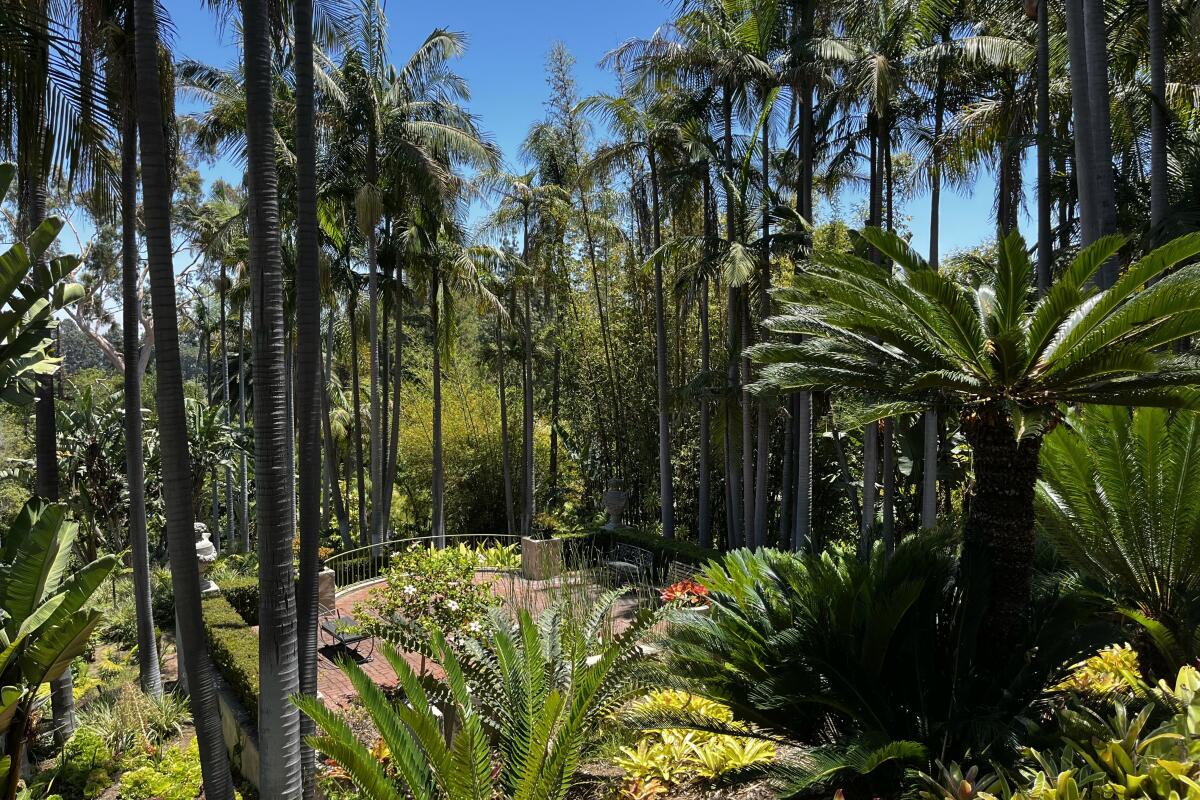
Travel back in time at the Virginia Robinson Gardens
Nature-lovers and history buffs alike are free to geek out on this 6.2-acre property. Not only is it picturesque, but it is also a historical landmark: it was the first luxury estate built in Beverly Hills. A 90-minute guided tour will take you through the mansion and the various gardens including the kitchen garden and the king palm forest.
The property is only available to view by a guided tour, which costs $15 (with discounts for children, students and seniors) and must be reserved in advance. There is free parking on site.
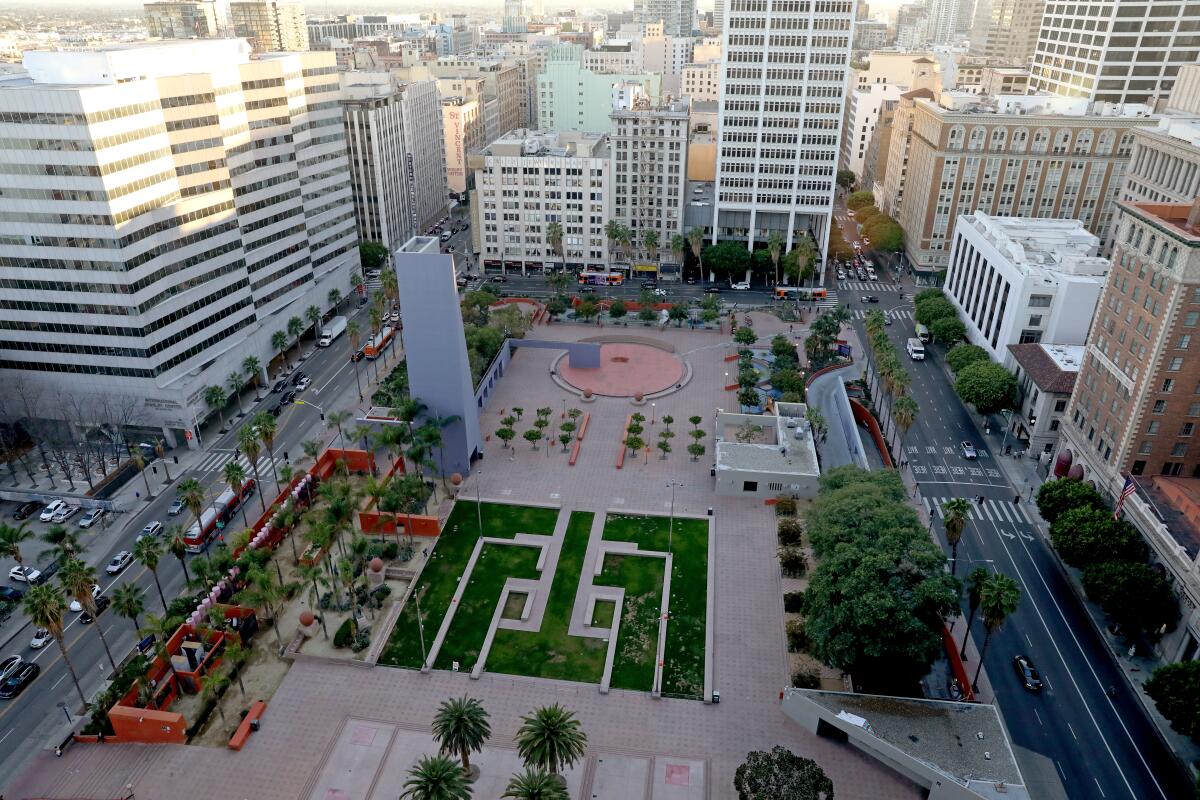
Pershing Square
More about Pershing Square >>
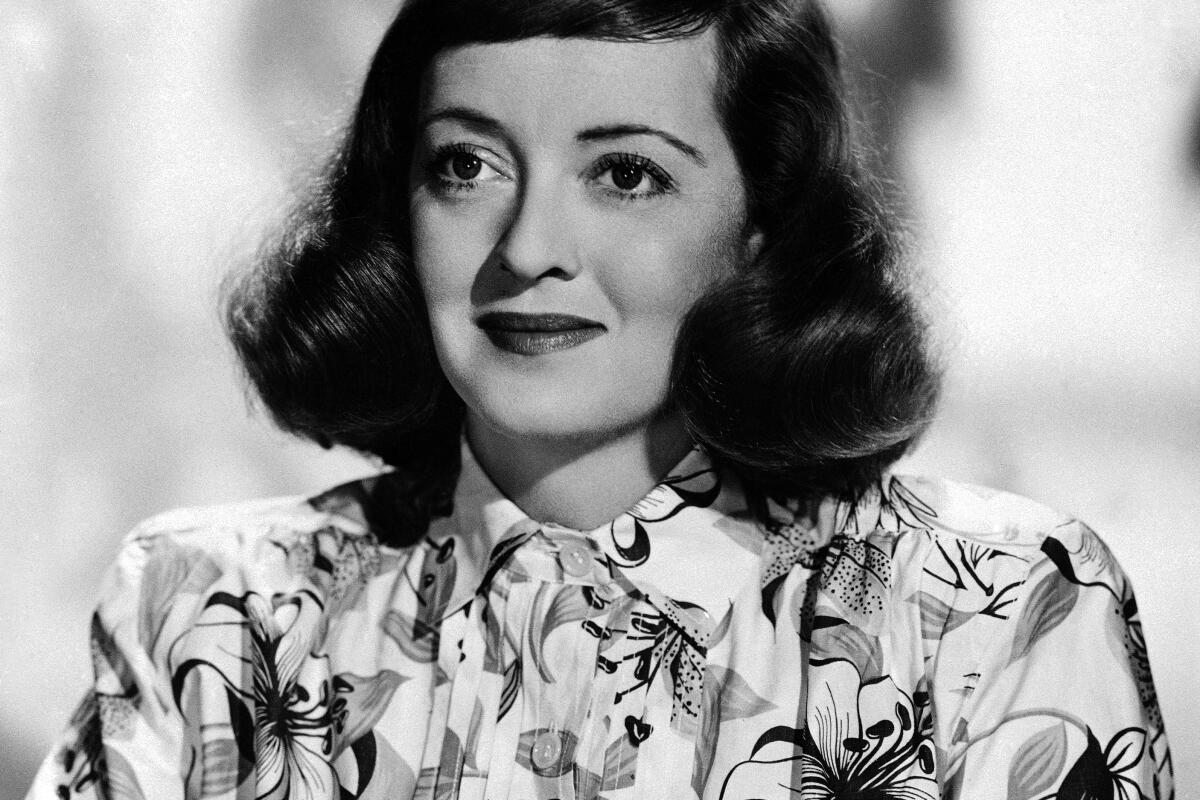
Bette Davis Picnic Area
More about Bette Davis Picnic Area >>

Brand Boulevard
Balboa Boulevard
Marbro Drive
Tarzana Street
Edward Everett Horton Lane
Sepulveda Boulevard
More about Sepulveda and the ranchos >>
Sherman Way
Lankershim Boulevard
Van Nuys Boulevard
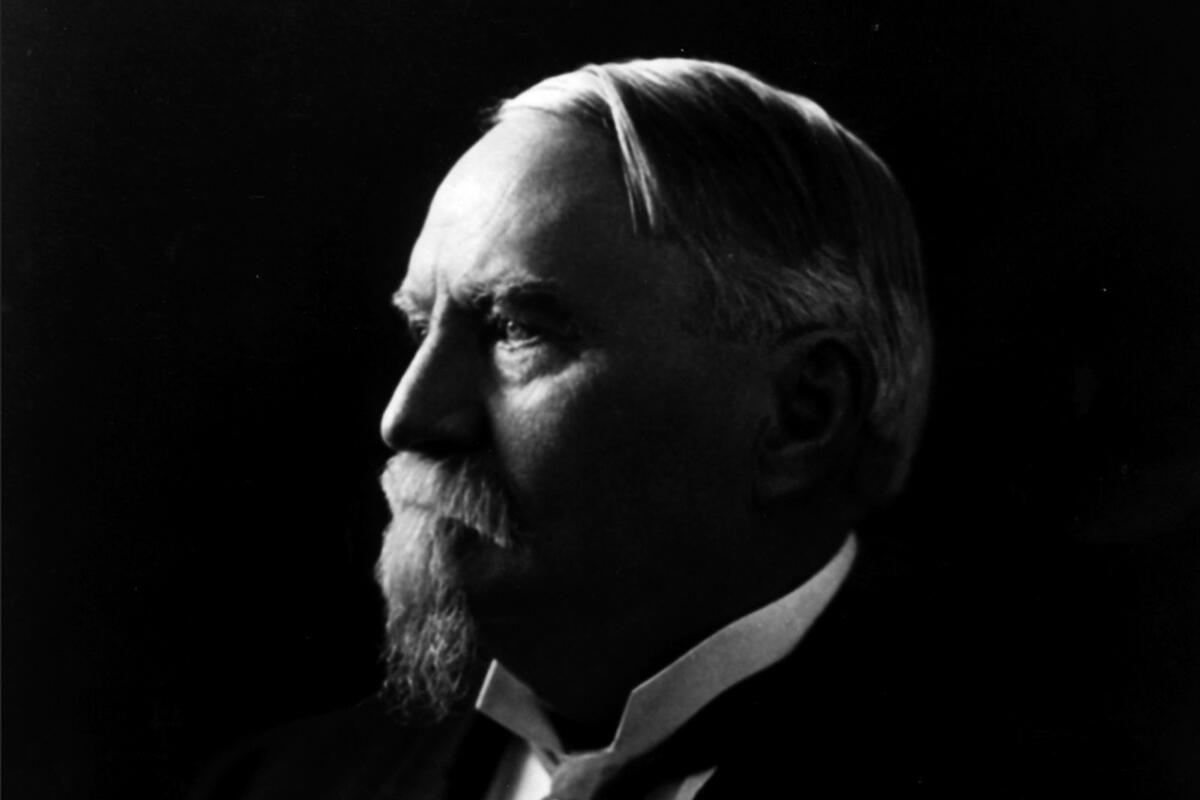
Otis Avenue
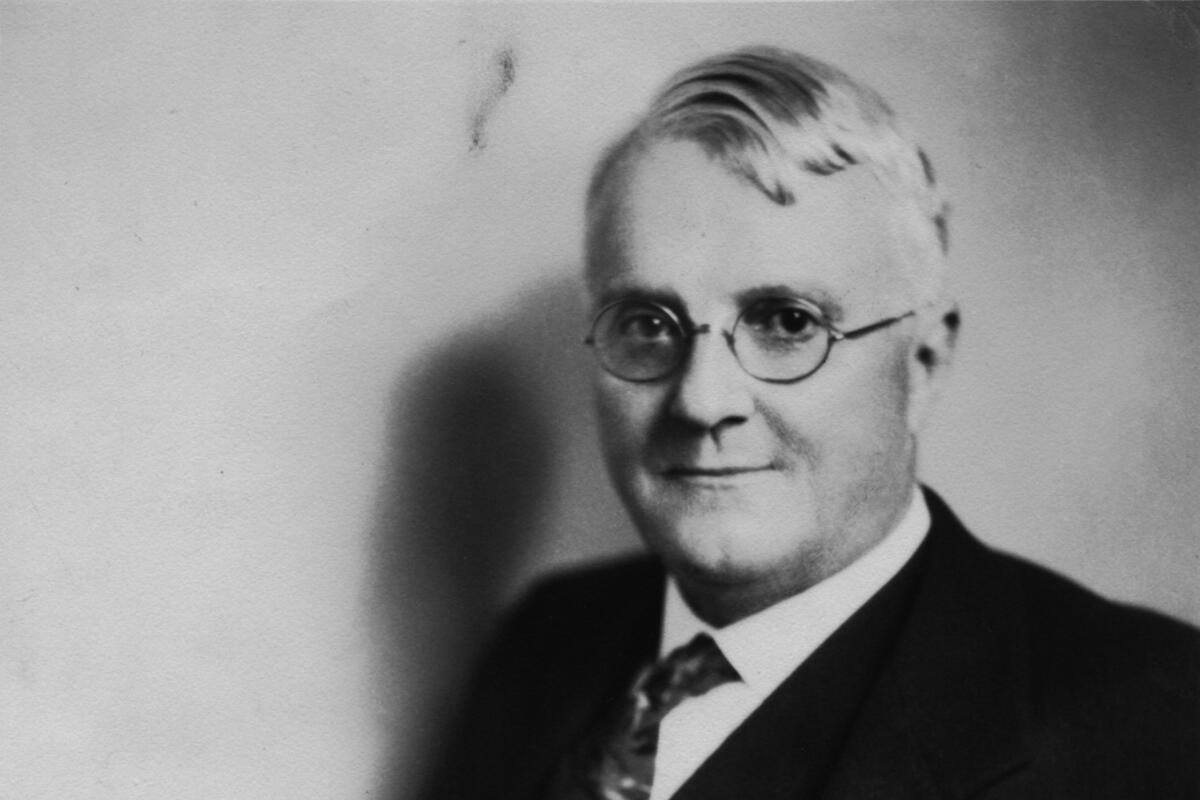
Chandler Boulevard
De Celis Place
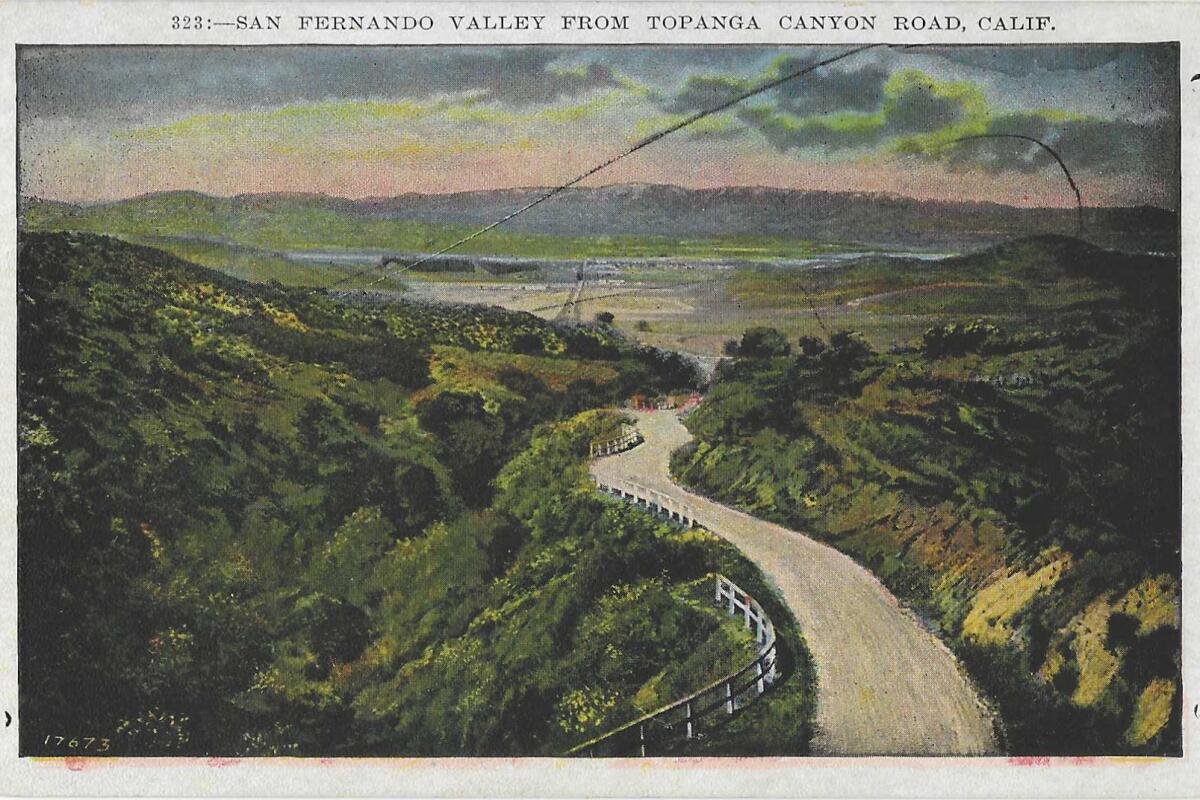
Topanga Canyon Boulevard
Tujunga Avenue
Canoga Avenue
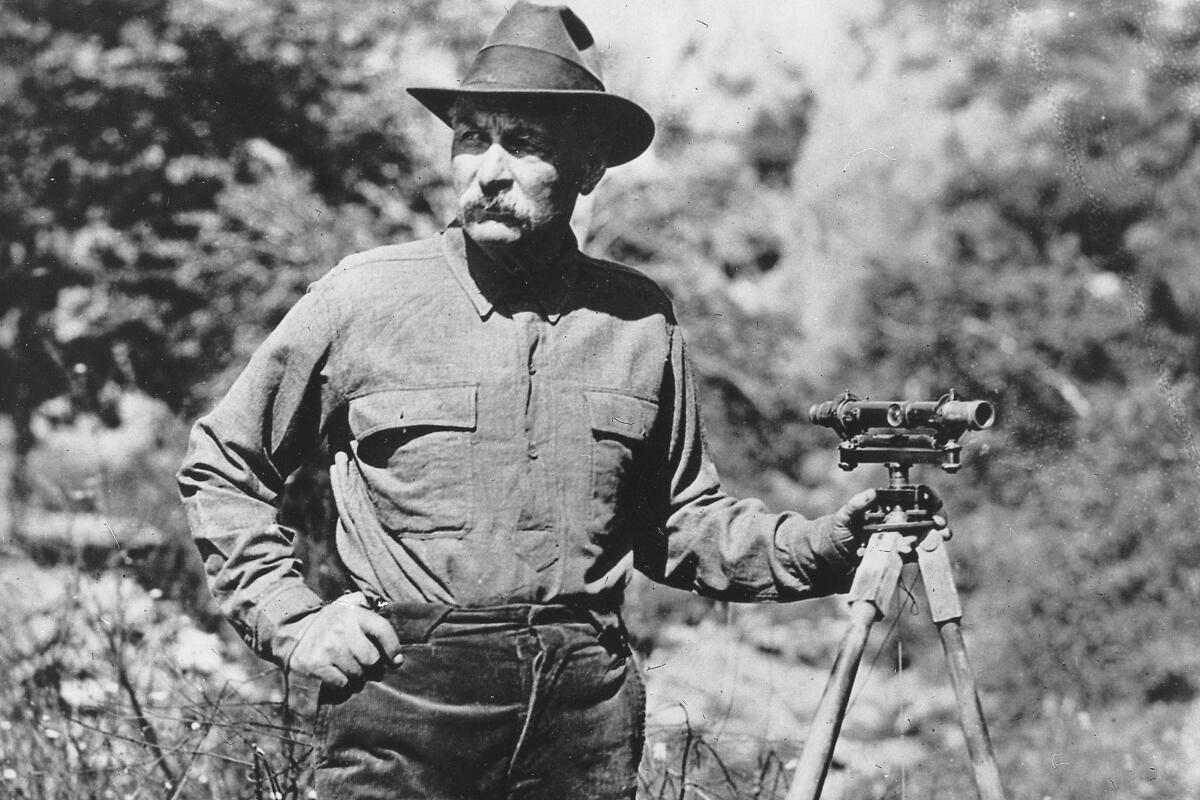
Mulholland Drive
Burbank Boulevard
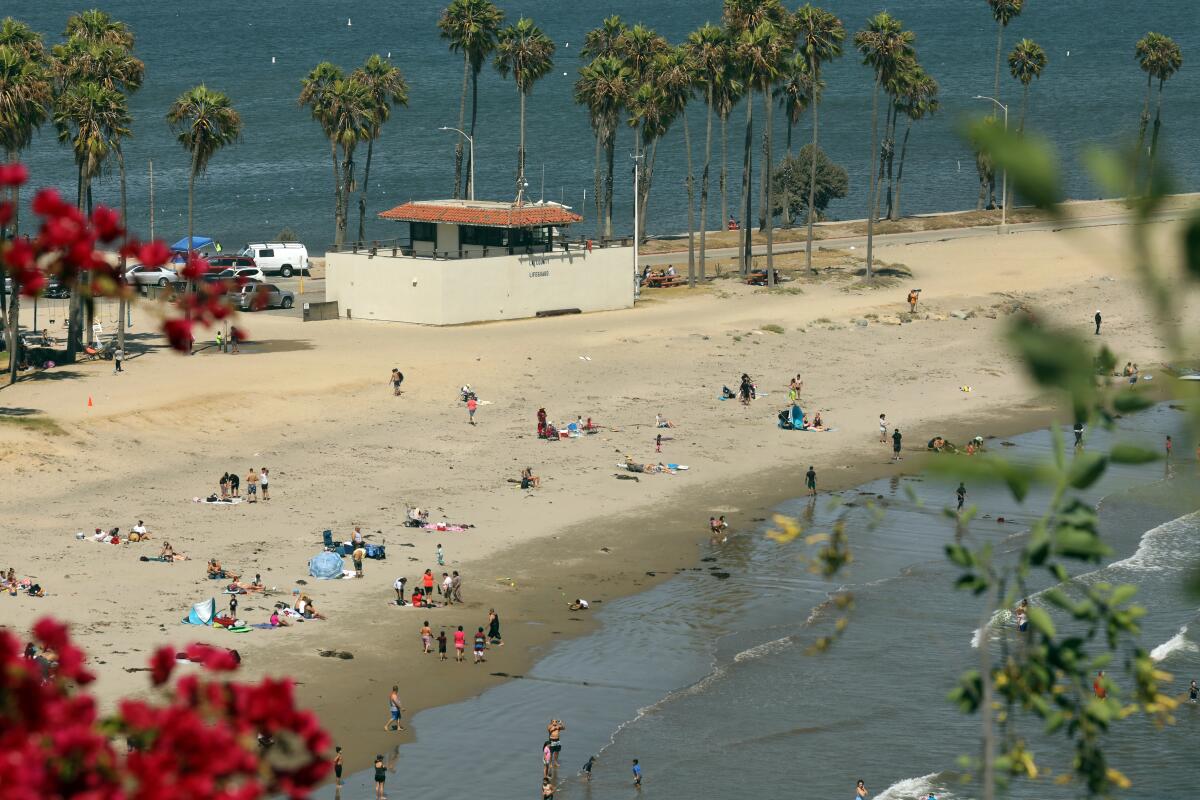
Cabrillo Beach
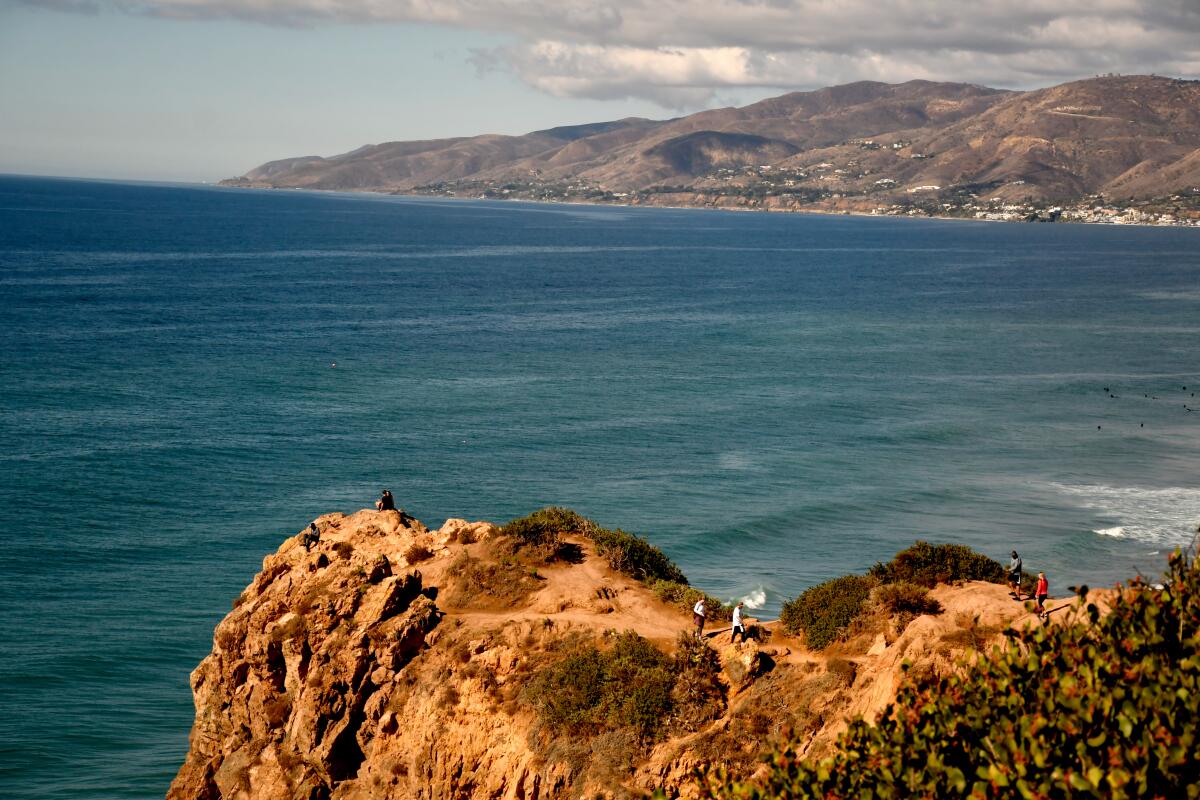
Point Dume and Zuma Beach
There being no Venmo equivalent at the time, Vancouver thanked his hosts by naming the point of land after Dumetz. (He named a San Pedro promontory Point Vicente after the other missionary). An 1870 plat map for Rancho Topanga Malibu Sequit, in the Huntington Library archives, shows the spot as “Point Zuma or Duma.”
Nicholas Canyon Beach
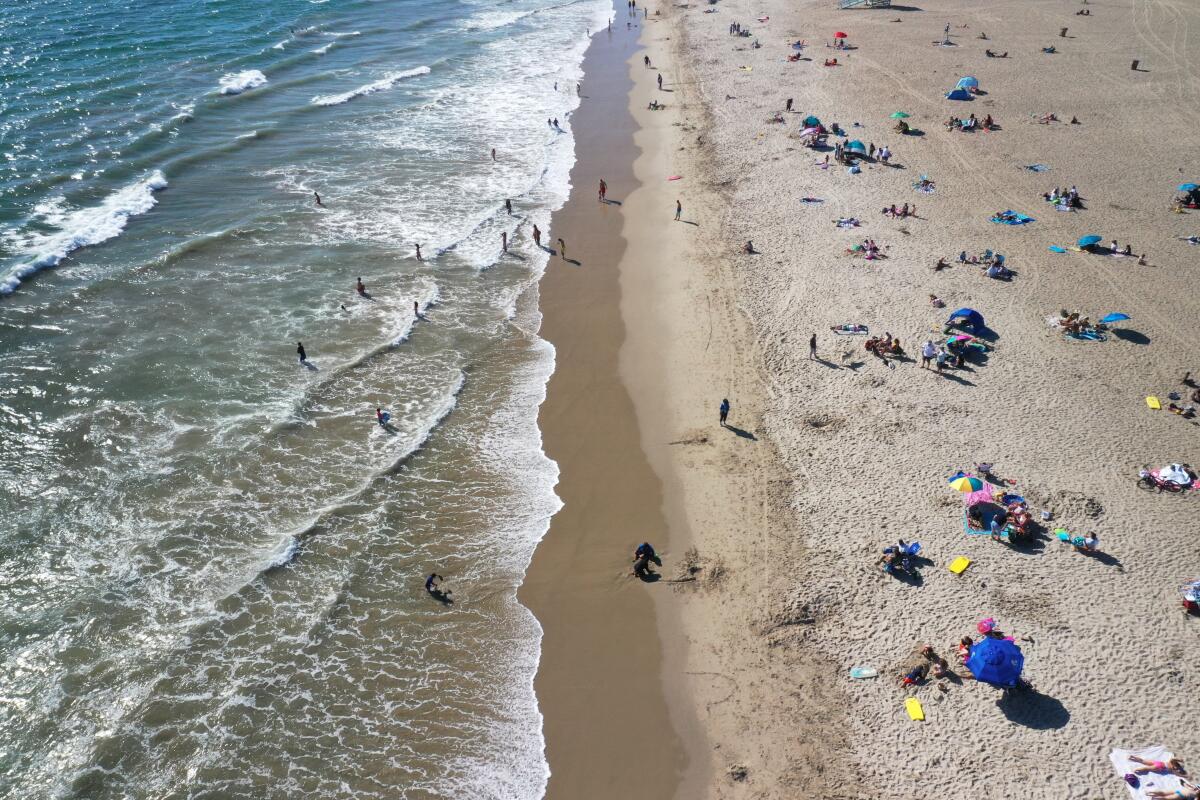
Will Rogers State Beach
Dan Blocker Beach
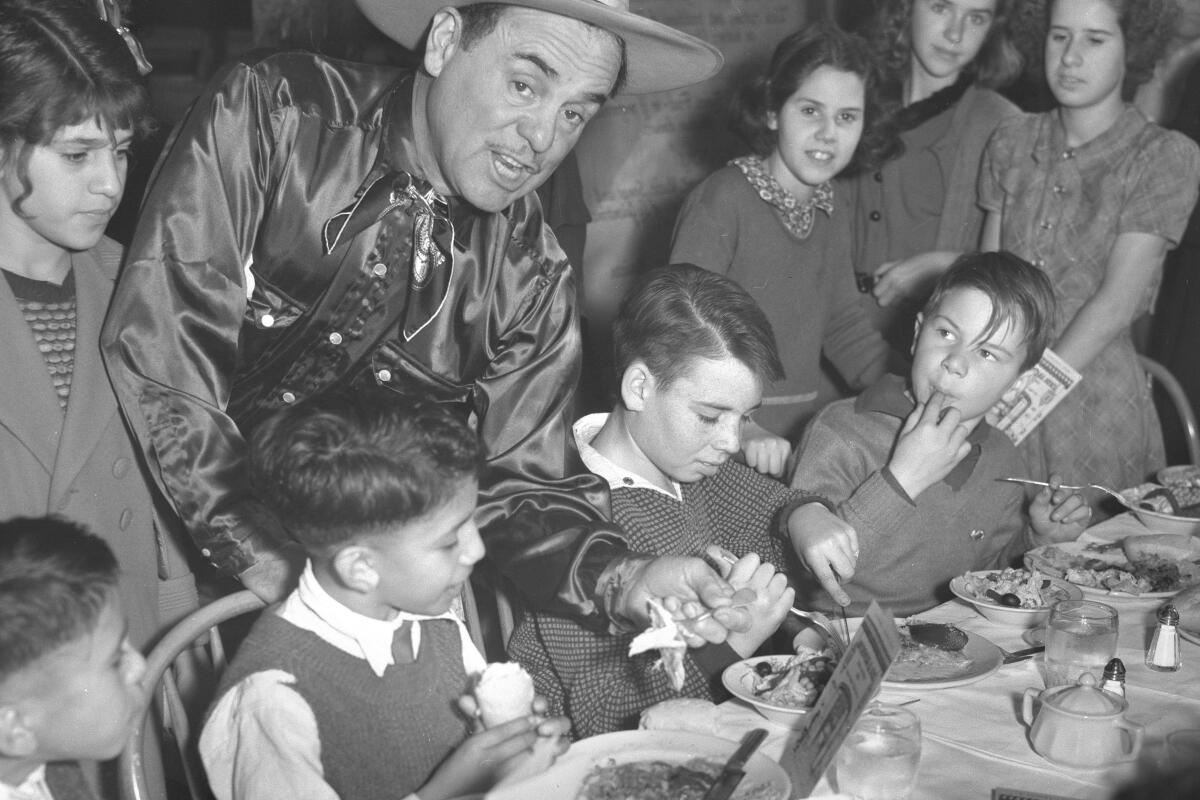
Leo Carrillo State Beach

Dockweiler State Beach
Robert H. Meyer Memorial State Beach
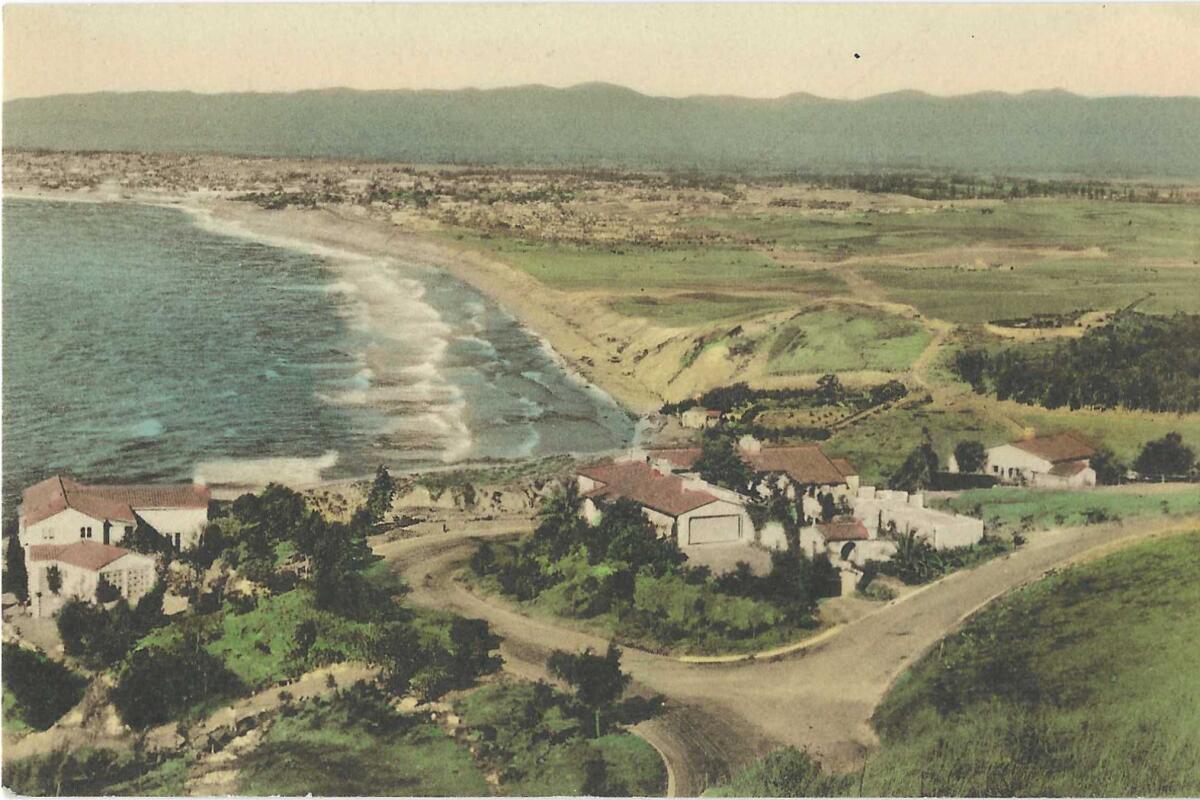
Haggerty's beach
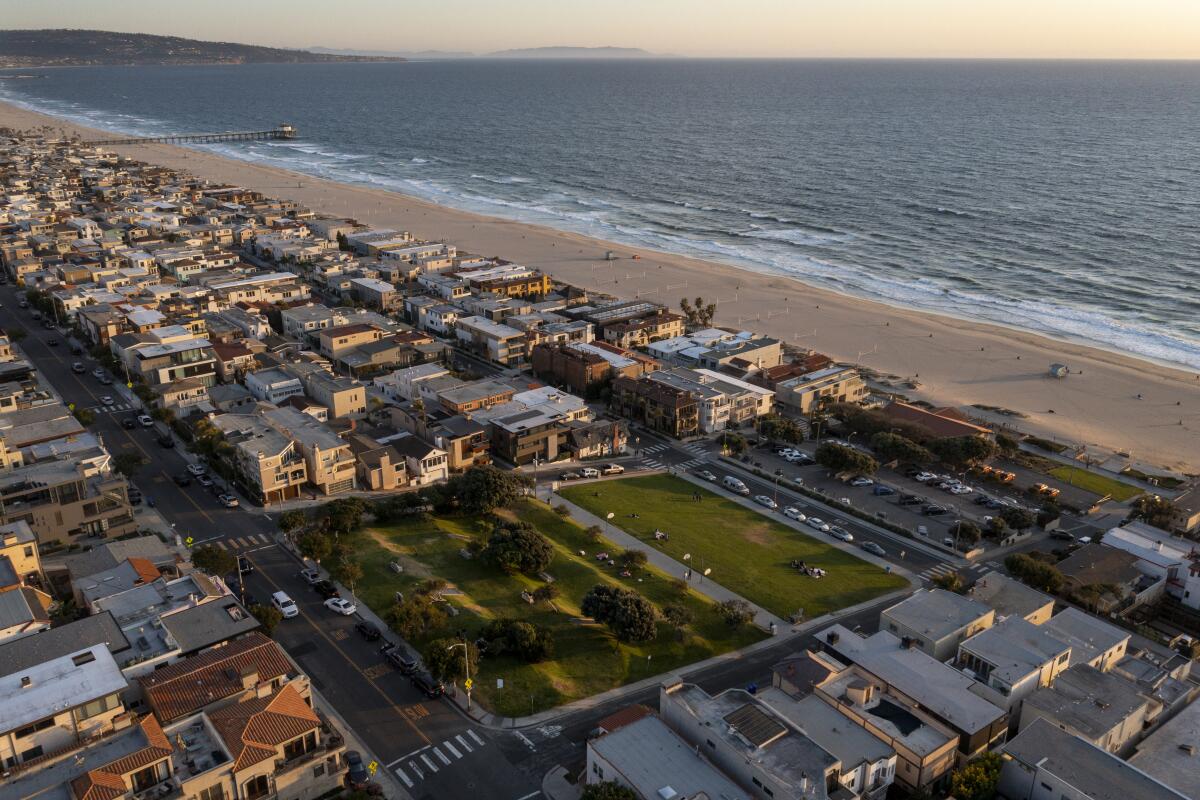
Bruce's Beach

Rosie's Dog Beach
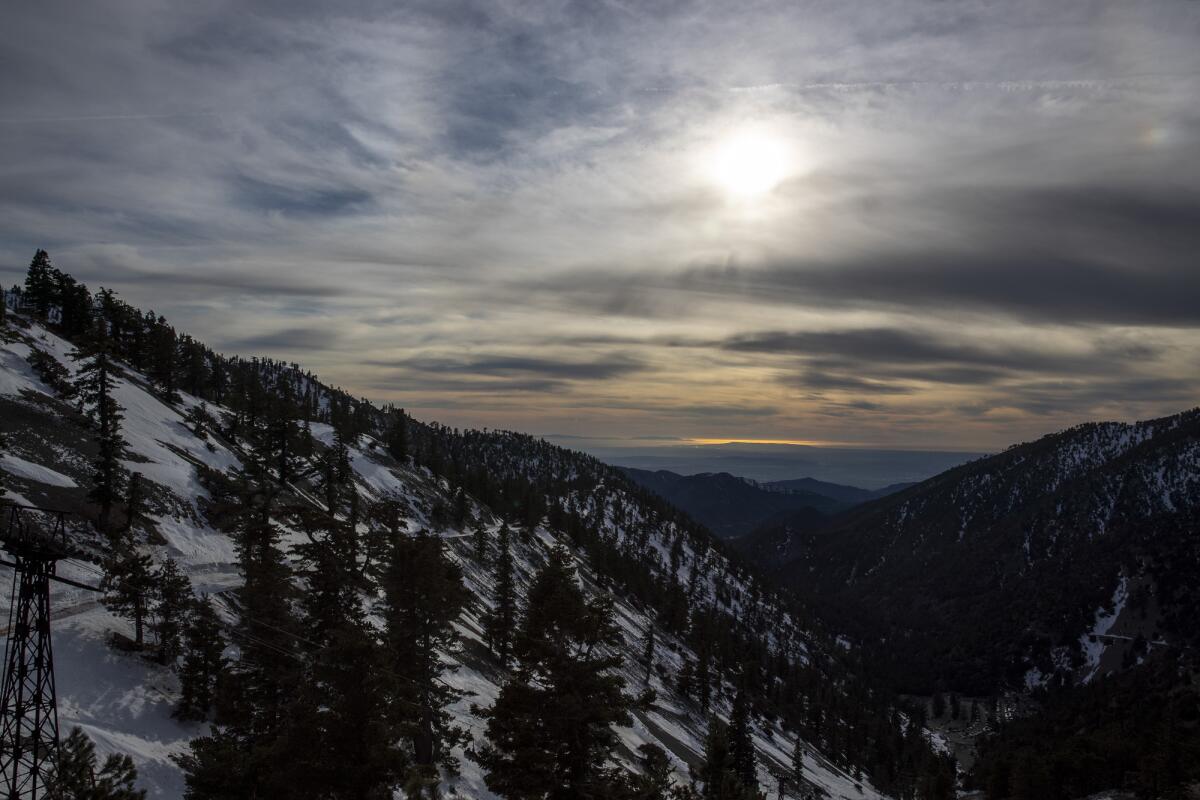
Mt. Baldy
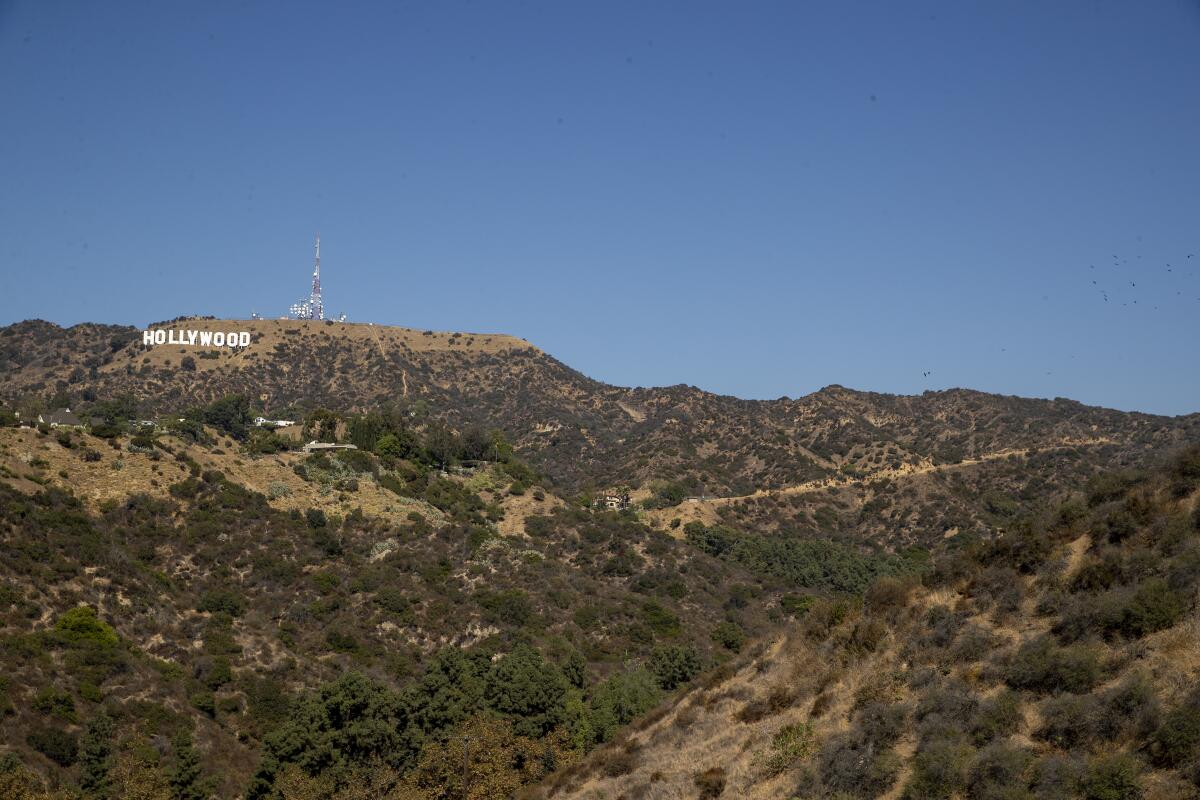
Mt. Lee
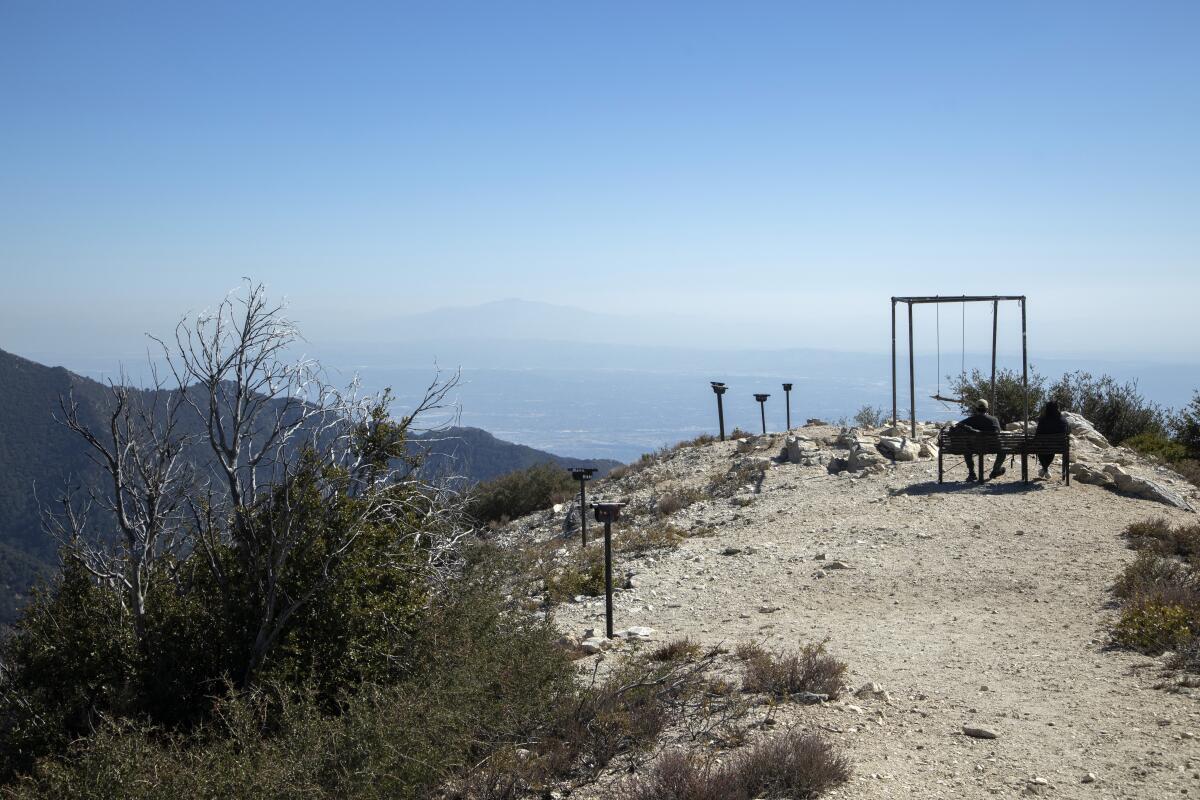
Mt. Lowe
It opened in 1893. For a $5 fare, passengers took an increasingly daunting trolley ride up from Altadena, transferred to a cable car, then back to a small trolley car, taking so many hairpin turns to the mountaintop that even now, just looking at hundred-year-old postcards of it makes me queasy — Toonerville trolleys edging around a supposed 127 curves in 3½ miles. If visitors’ hearts were still beating, they could enjoy their destination: a mountaintop resort of hotel, tavern, riding trails, dance hall and vistas to the sea.
The aerial railway carried its last rider in 1937. By then, buildings had burned down or slid away off the mountain, and in March 1938, the epochal rainfall that disastrously flooded the L.A. River many miles downhill also washed away Lowe’s great enterprise.

Mt. Wilson
You may not have heard of him, but you’ve surely heard of his grandson, who spent some of his free time in the family’s San Marino home: Gen. George S. Patton.
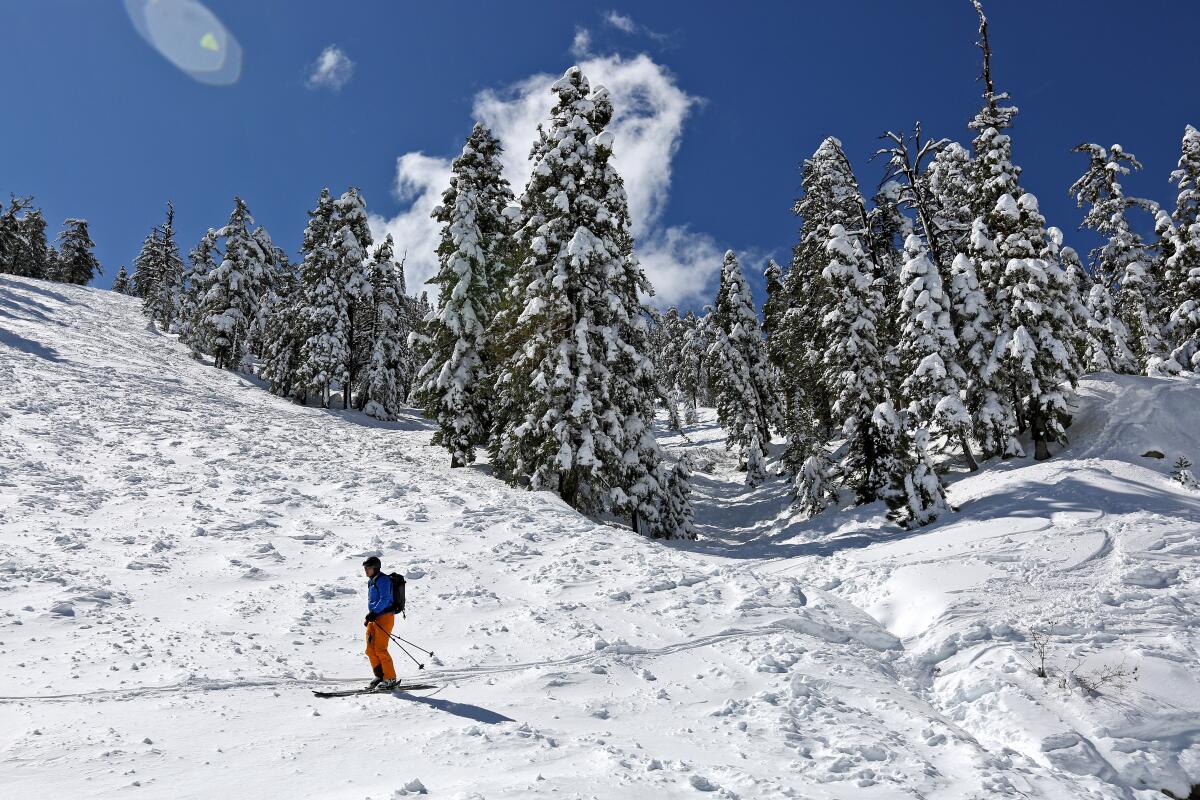
Waterman Mountain
Because Frau Waterman was evidently the first non-native woman to scale those heights, her husband decided that the peak should bear her name. He didn’t name it Liz, or Elizabeth, but “Lady Waterman’s Peak.” They even built a monument of rocks at the summit to mark the event. Well, as the official U.S. Geological Survey maps got drawn, somehow, somewhy, the “Lady” part disappeared from the map.
Mt. Lukens
Theodore Parker Lukens gave up his post as president of a Pasadena bank to take up the work of conservation and reforestation in the burned-over mountains and canyons of the San Gabriels in the early 1900s. His half-dozen years working with the federal government created a template for replanting and restoration programs. We’re talking tens of thousands of, maybe even a hundred thousand, trees. Lukens started a tree nursery at Henninger Flats, experimenting with species that could withstand heat, drought and fire.
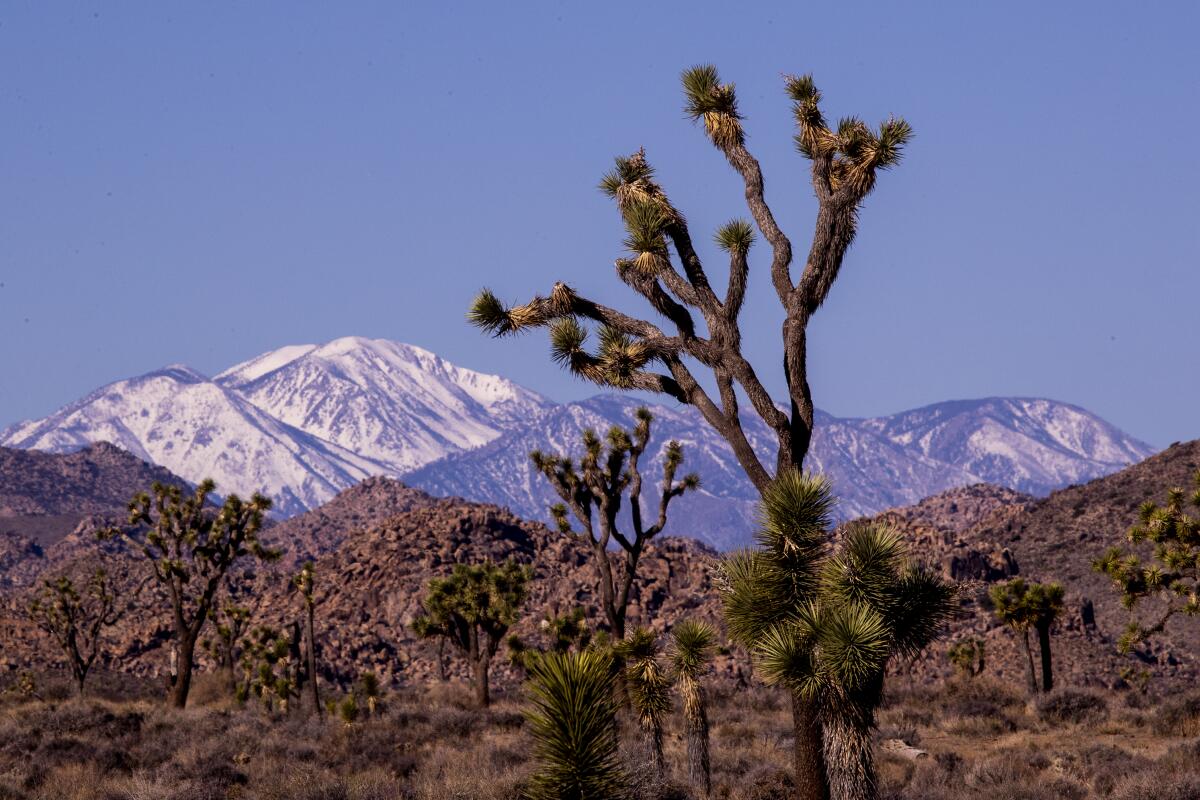
Mt. San Jacinto
Mt. San Gorgonio
Sign up for Essential California
The most important California stories and recommendations in your inbox every morning.
You may occasionally receive promotional content from the Los Angeles Times.







